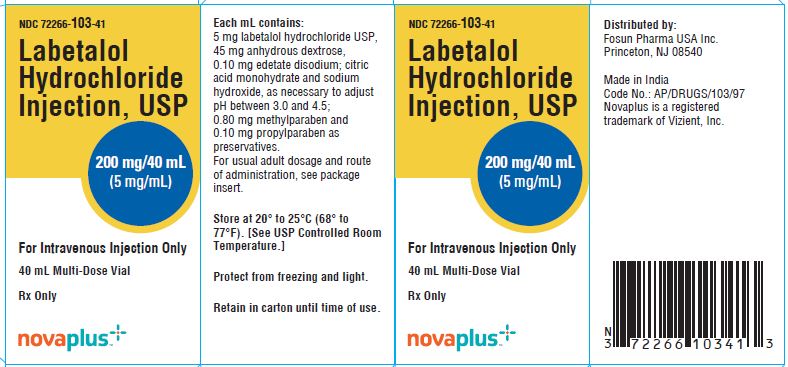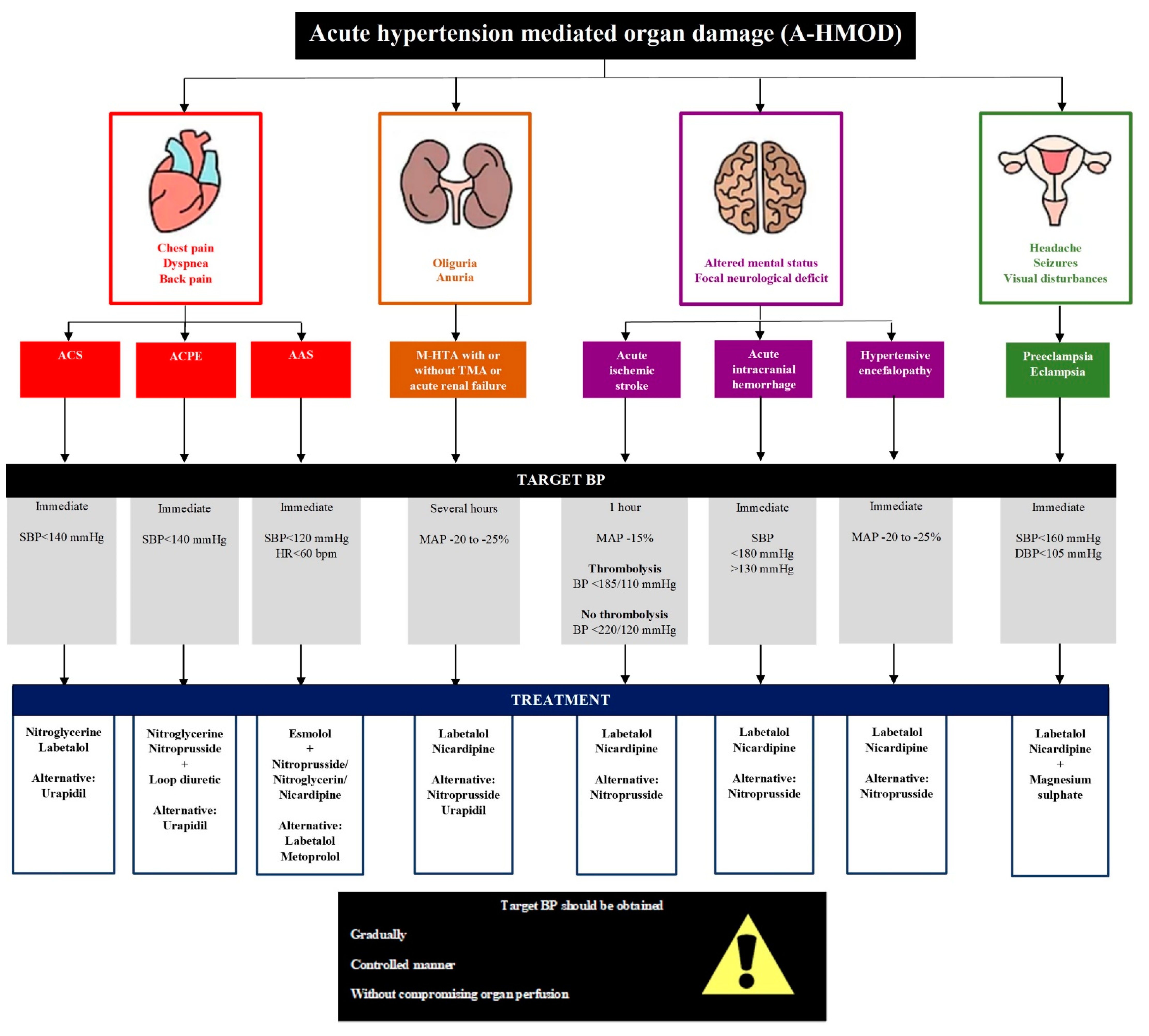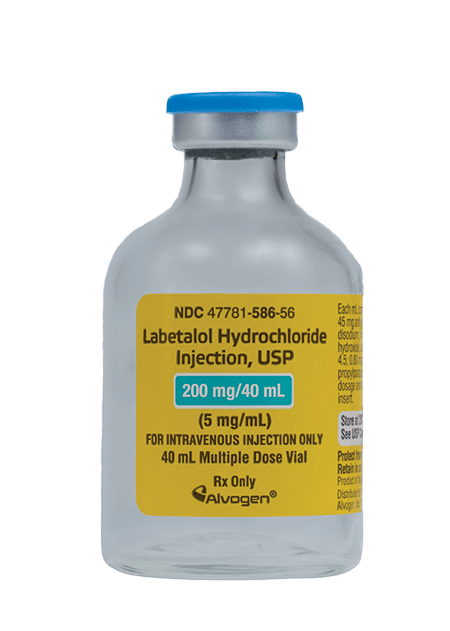Labetalol infusion for refractory hypertension causing severe hypotension and bradycardia: an issue of patient safety, Patient Safety in Surgery
Por um escritor misterioso
Descrição
Incremental doses of intravenous labetalol are safe and effective and, at times, such therapy may need to be augmented by a continuous infusion of labetalol to control severe hypertension. Continuous infusions of labetalol may exceed the recommended maximum daily dose of 300 mg on occasion. We report a case in which hypertension occurring after an abdominal aortic aneurysm repair, initially responsive to intermittent intravenous beta-blockade, became resistant to this therapy leading to the choice of an intravenous labetalol infusion as the therapeutic option. The labetalol infusion resulted in a profound cardiovascular compromise in this postoperative critically ill patient. While infusions of labetalol have successfully been used, prolonged administration in the intensive care unit requires vigilance and the establishment of a therapeutic rationale/policy for interventions, such as the ready availability of glucagon, β-agonists, phosphodiesterase inhibitors, insulin, and vasopressin when severe cardiovascular depression occurs.

Mews Anesthesia Team: a project for in-hospital patient safety – topic of research paper in Health sciences. Download scholarly article PDF and read for free on CyberLeninka open science hub.

Hypertensive emergency - EMCrit Project

LABETALOL HYDROCHLORIDE injection

JCM, Free Full-Text

Catecholamine-induced hypertensive crises: current insights and management - The Lancet Diabetes & Endocrinology

The Safety of High Dose Labetalol in the Pregnant Population

The Japanese Society of Hypertension Guidelines for the Management of Hypertension (JSH 2019)

Part 7.3: Management of Symptomatic Bradycardia and Tachycardia

Pharmacology Basicmedical Key
de
por adulto (o preço varia de acordo com o tamanho do grupo)






